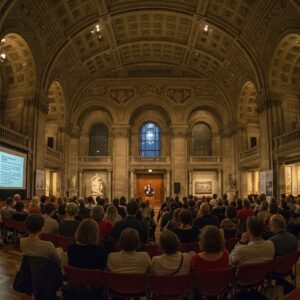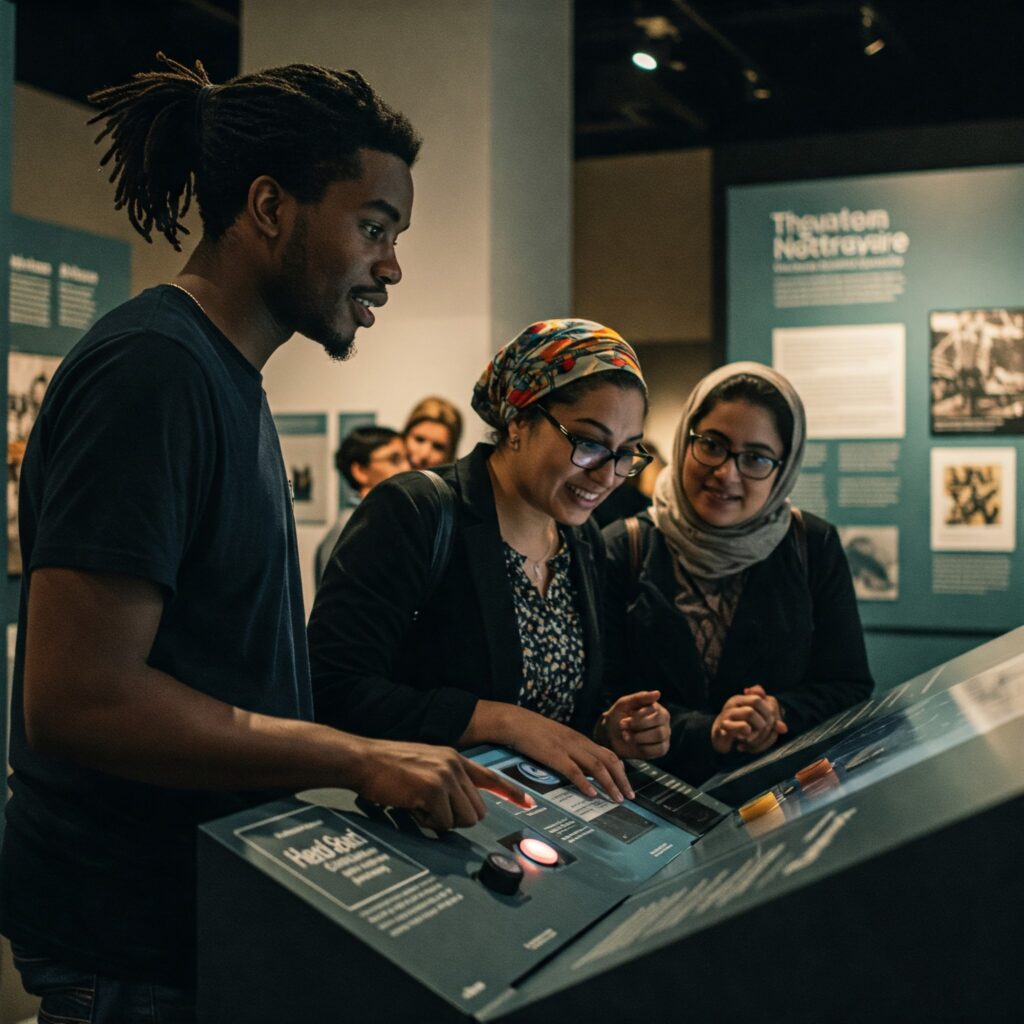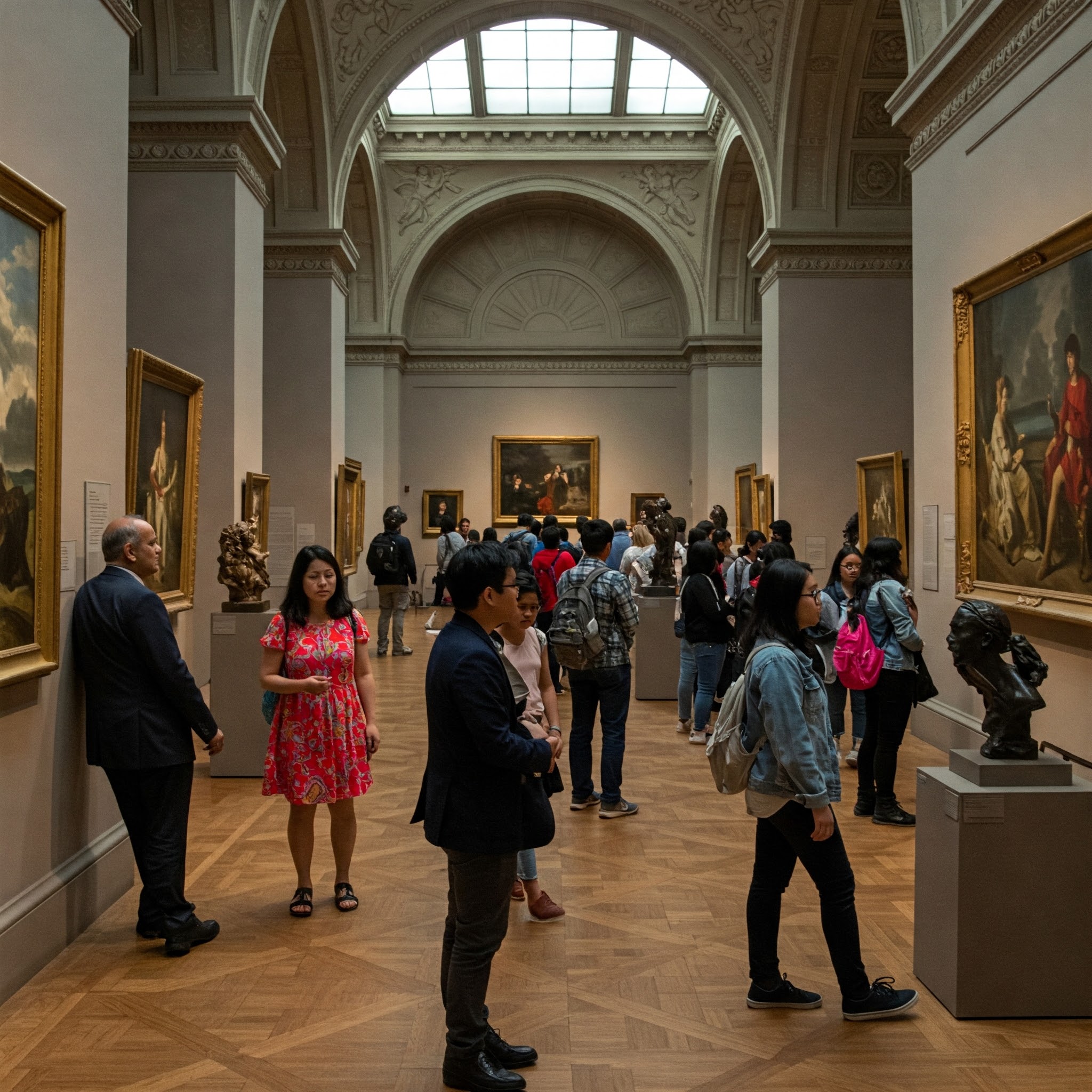
When you step into an art museum today, who do you see around you? The answer might surprise you, as the traditional image of museum visitors has undergone significant changes in recent years. From young professionals capturing Instagram-worthy moments to a growing representation of diverse communities engaging in tailored programs, the diversity of art museums is expanding in exciting ways. Today’s audiences reflect a dynamic and inclusive shift, reshaping how we experience art and culture.
Who’s Actually Visiting Art Museums?
The stereotype of art museums as exclusive spaces for the wealthy and highly educated is becoming increasingly outdated. While certain demographic patterns remain, museums across the country are making concerted efforts to diversify their audiences.
Let’s look at who’s walking through those grand entrances:
Age Distribution of Museum Visitors
| Age Group | Percentage of Visitors |
|---|---|
| 18-24 | 15% |
| 25-34 | 22% |
| 35-44 | 19% |
| 45-54 | 16% |
| 55-64 | 14% |
| 65+ | 14% |
Contrary to popular belief, younger adults make up a significant portion of museum attendees. The 25-34 age group represents the largest segment of visitors at 22%, with millennials and Gen Z combined accounting for more than a third of all museum visits.
“Museum spaces are, or should be, a source of joy, debate, learning
– and fun; all things that will be sorely needed when this pandemic finally ends,”
observes Sharon Ament, Director of the Museum of London (The Guardian).
Education and Income: Still Significant Factors
While museums are becoming more accessible, education and income levels continue to play a role in who visits:
- 68% of visitors have at least a college degree
- 41% have household incomes above $100,000
- Only 13% have a high school education or less
These statistics highlight both the progress made and the work still needed to make art accessible to all. Museums with reduced or free admission days report significantly more diverse attendance on these occasions, suggesting cost remains a barrier for many potential visitors.
The Diversity Gap in Museum Attendance
The racial and ethnic composition of museum visitors reveals areas where representation lags behind national demographics:
- White/Caucasian visitors: 71% (compared to ~60% of US population)
- Hispanic/Latino visitors: 9% (compared to ~19% of US population)
- Black/African American visitors: 8% (compared to ~13% of US population)
- Asian visitors: 7% (compared to ~6% of US population)
- Other/Multiple ethnicities: 5% (compared to ~2% of US population)
The good news? This diversity of art museums gap is narrowing. In the past decade, museums reporting significant diversity initiatives (now 76% of major institutions) have seen, on average, a 12% increase in visitors from underrepresented groups.
The Pandemic’s Lasting Impact on Museum Attendance
No discussion of recent museum trends would be complete without acknowledging COVID-19’s profound effect on the industry:
2023 Overview
Total Visitors
0.0M
across all major museums
Most Visited
0.0M
Loading…
Highest Growth
+0.0%
Loading…
Pre-pandemic, U.S. art museums welcomed approximately 100-120 million visitors annually. This plummeted by 60-70% during 2020-2021. Recovery has been steady but incomplete, with 2024 numbers reaching about 85-90% of pre-pandemic levels.
“We had the humility to appreciate ourselves in a hierarchy of need, and act appropriately,”
reflects Tristram Hunt, Director of the Victoria and Albert Museum, regarding museums’ responses during the pandemic
(The Art Newspaper).
The silver lining? Museums pivoted rapidly to digital engagement:
- 78% increase in online exhibition viewership
- 145% growth in social media engagement
- 92% of museums now offer virtual programming options
Five Emerging Trends Reshaping Museum Experiences
1. Digital Integration Enhances Physical Visits
Today’s museum experience often includes:
- QR codes linking to additional information
- Augmented reality features revealing hidden details in artworks
- Interactive touchscreens providing historical context
- Custom smartphone apps guiding personalized tours
A remarkable 84% of visitors report using some form of digital enhancement during their museum visits.
2. Evening Events Attract New Audiences

The traditional daytime museum visit doesn’t work for everyone. Museums have responded with:
- After-hours cocktail events
- Evening lecture series
- Late-night openings with music performances
- Themed night events targeting specific demographics
These initiatives have led to a 43% increase in evening attendance.
3. Community Collaboration Builds Relevance
Rather than existing as cultural islands, 58% of museums report increased partnerships with local community organizations, including:
- School district collaborations
- Programs for seniors and assisted living residents
- Partnerships with neighborhood cultural centers
- Outreach to immigrant communities
4. Interactive Exhibitions Keep Visitors Engaged
Museums are moving beyond “look but don’t touch” with a 67% increase in interactive components, particularly appealing to families and younger audiences.
5. Specialized Programming Targets Diverse Interests
Museums increasingly offer specialized programming:
- Sensory-friendly hours for neurodivergent visitors
- Multi-language tours and materials
- Cultural celebration events highlighting different heritages
- Programs for various age groups

What This Means for the Future of Art Museums
As museums balance tradition with innovation, trends point toward increasingly inclusive institutions. The future likely includes:
- Hybrid virtual and in-person experiences
- Emphasis on visitor engagement over static collections
- Greater accessibility through physical, economic, and cultural initiatives
The diversity of art museums is transforming into more inclusive, interactive, and community-driven spaces.
Have you noticed changes in your local art museum? What exhibition or program most recently caught your attention? Share your experiences in the comments below!



